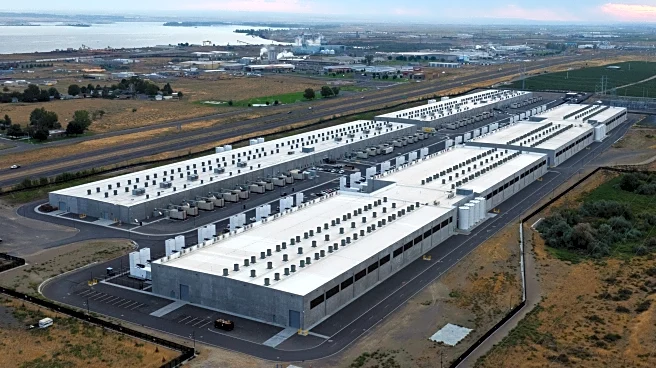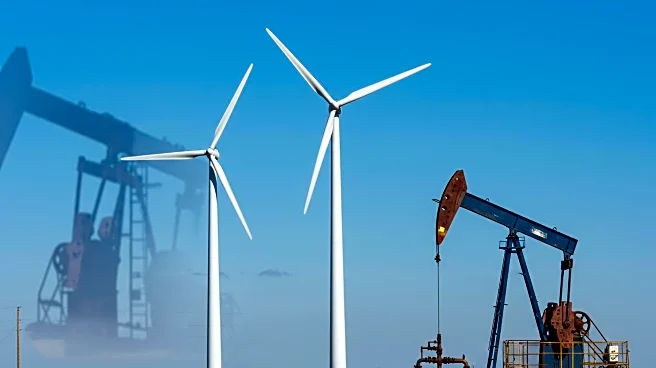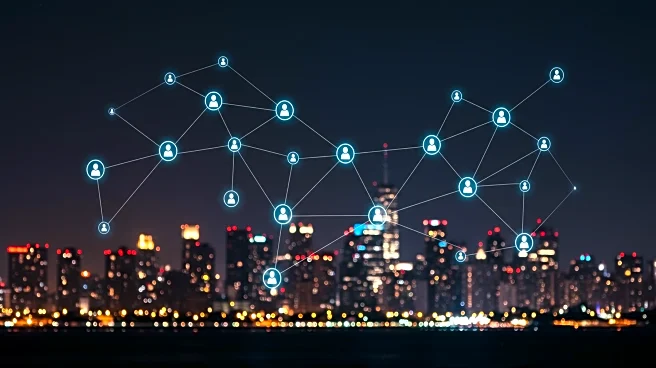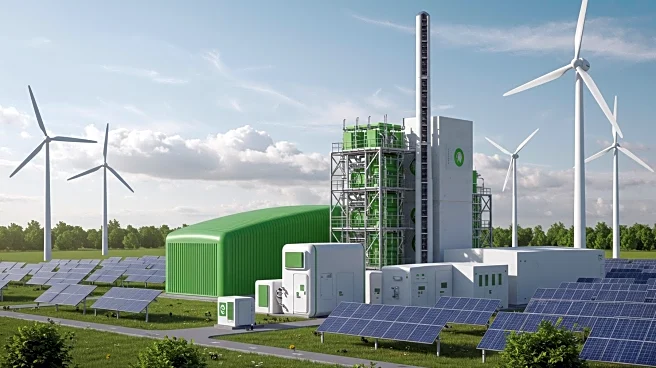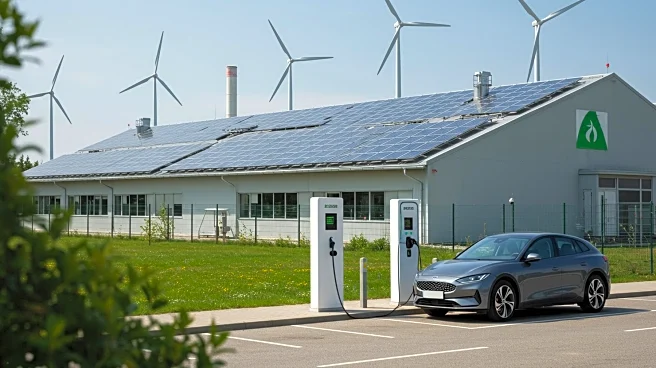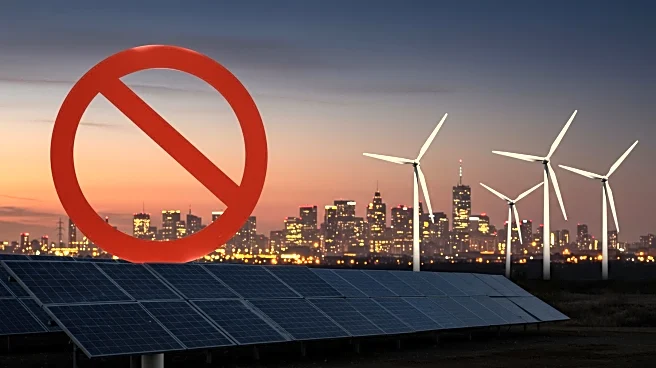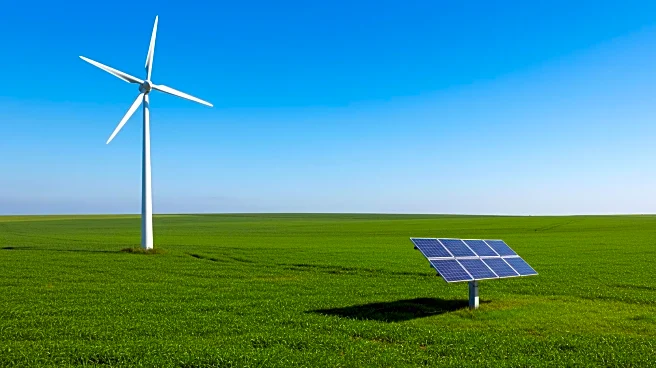Rapid Read • 9 min read
A recent study published in the journal Energies highlights a significant surge in global electricity demand, driven by the rapid growth of artificial intelligence (AI), extreme weather events, and the electrification of transport and industry. The study, titled 'Energy Transition 2024–2025: New Demand Vectors, Technology Oversupply, and Shrinking Net-Zero 2050 Premium,' examines projections from the International Energy Agency (IEA) and BloombergNEF. It estimates an increase of more than 2,200 terawatt-hours (TWh) in electricity demand by 2035, compared to earlier forecasts. This rise is attributed to the expansion of AI data centers, increased cooling needs due to heatwaves, and the electrification of transport systems. The study emphasizes the need for utilities and policymakers to reassess planning frameworks to ensure grid stability and resilience, with projections indicating a requirement for over 300 gigawatts (GW) of new flexibility, including battery storage and demand-side response measures, by 2035.
AD
The surge in electricity demand has significant implications for global energy strategies, particularly in the context of achieving net-zero emissions by 2050. The study notes a shrinking cost premium for net-zero, with global investment requirements falling from an additional 19% to 15% above the baseline economic pathway for 2025–2050. This reduction is driven by declining costs in solar and battery technologies, presenting an opportunity to redirect capital from fossil fuel infrastructure to grid modernization and large-scale storage. However, the oversupply in clean technology supply chains, particularly in photovoltaic (PV) module production and battery manufacturing, raises concerns about trade security and geopolitical risks. Policymakers are advised to diversify supply chains to mitigate these risks and ensure a stable energy transition.
The study calls for further research into capacity market design and long-duration storage technologies. It also emphasizes the need for interdisciplinary cooperation among energy engineers, data scientists, policymakers, and financial institutions to translate the falling costs of clean energy technologies into rapid deployment. Additionally, the study suggests building 'Net-Zero Premium Trackers' to monitor investment flows and identify financing gaps. Regional insights, such as those from Poland, highlight the need for immediate investments in transmission infrastructure and battery storage systems to meet growing demand. Policymakers are urged to update load forecasts, embed demand flexibility in grid management, and reassess performance metrics to focus on absolute measures of decarbonization.
The study underscores the importance of integrating advanced analytics and digital technologies into grid operations, leveraging AI for real-time system optimization, and adopting long-duration storage solutions. These measures are crucial to ensuring that renewable generation can meet demand reliably, even during periods of low production. The transition to a more electrified and AI-driven energy landscape requires robust planning and policy coordination to address the volatility introduced by new demand sources and climate-driven cooling loads.
AD
More Stories You Might Enjoy
